

Articles
How To Store Smoked Fish
Modified: February 23, 2024
"Learn effective methods and tips for safely storing smoked fish in this comprehensive collection of informative articles. Preserve the flavor and quality of your delicious catch with expert guidance."
(Many of the links in this article redirect to a specific reviewed product. Your purchase of these products through affiliate links helps to generate commission for Storables.com, at no extra cost. Learn more)
Introduction
Smoking fish is a popular method of preserving and adding flavor to this nutritious protein source. Whether you enjoy the rich, smoky taste of smoked salmon or the delicate flavors of smoked trout, properly storing your smoked fish is crucial to maintaining its quality and safety. In this article, we will explore the different techniques and methods for storing smoked fish to ensure its freshness and longevity.
When it comes to storing smoked fish, the key is to strike a balance between keeping it safe from spoilage and maintaining its taste and texture. With the right approach, you can enjoy your delicious and savory smoked fish for an extended period.
But before we dive into the various methods of storing smoked fish, let’s start with the importance of choosing fresh fish for smoking.
Key Takeaways:
- Choose fresh, high-quality fish for smoking to lay the foundation for delicious and well-preserved smoked fish. Look for clear eyes, vibrant gills, and avoid slimy or discolored fish to ensure optimal results.
- Properly store smoked fish in the refrigerator, freezer, or through vacuum sealing to maintain its freshness and flavor. Follow guidelines for wrapping, labeling, and maintaining consistent temperatures to enjoy your smoked fish for an extended period.
Read more: How To Store Fish While Fishing
Choosing Fresh Fish
The key to delicious and well-preserved smoked fish begins with selecting the freshest fish possible. Here are some tips to help you choose the best fish for smoking:
- Quality matters: Look for fish that is fresh, firm, and free of any off-putting odors. Avoid fish that is slimy or has discoloration.
- Know your source: Whenever possible, opt for fish that is sourced from reputable suppliers or local fish markets. This ensures that the fish is handled and stored properly before reaching your kitchen.
- Consider the species: Different fish species have varying characteristics that affect their suitability for smoking. Fatty fish such as salmon and mackerel are popular choices due to their rich flavor and ability to absorb the smoky flavors. However, other fish varieties like trout, catfish, or whitefish can also be smoked with excellent results.
- Freshness indicators: Look for clear, bright eyes, vibrant red gills, and shiny scales. These are all signs of freshness in fish.
- Ask the experts: Don’t hesitate to seek advice from fishmongers or professionals who can guide you through the selection process and provide recommendations based on your preferences.
By starting with high-quality, fresh fish, you lay the groundwork for achieving optimal results when smoking and storing your fish.
Preparing the Fish for Smoking
Properly preparing the fish before smoking is essential to ensure that it achieves the desired texture and flavor. Here are the steps to follow:
- Clean the fish: Start by rinsing the fish under cold water to remove any excess slime or debris. Use a sharp knife to scale the fish, removing the scales by scraping from the tail towards the head. Make sure to remove any remaining entrails as well.
- Brining: Brining is an important step in the preparation process as it helps to enhance the flavor, texture, and preservation of the fish. Prepare a brine solution by dissolving salt, sugar, and any additional desired seasonings in cold water. Submerge the fish in the brine and let it soak for a recommended amount of time, usually around 4-6 hours depending on the thickness of the fish fillets.
- Rinsing and pat drying: After brining, remove the fish from the solution and rinse it thoroughly under cold water to remove any excess salt. Pat the fish dry with paper towels to remove any remaining moisture.
- Air drying: To develop a pellicle, which is a thin, tacky layer on the surface of the fish that helps to retain the smoky flavors, allow the fish to air dry. Place the fish on a wire rack and let it sit uncovered in the refrigerator for a few hours until the surface becomes slightly dry. This step helps the smoke adhere better to the fish.
By following these preparation steps, you’ll ensure that the fish is ready for the smoking process, resulting in a beautifully smoked and flavorful end product.
Smoking Techniques
When it comes to smoking fish, there are various techniques you can use to achieve the desired flavor and texture. Here are some popular smoking methods:
- Cold smoking: Cold smoking is a traditional method that involves smoking fish at temperatures below 85°F (29°C) for an extended period. This technique imparts a delicate smoky flavor without fully cooking the fish. It is ideal for producing smoked salmon and other fish with a silky texture.
- Hot smoking: Hot smoking involves smoking fish at higher temperatures, typically around 175°F (79°C) or higher, which cooks the fish while infusing it with smoky flavors. This method is great for producing flaky, fully cooked fish that is ready to eat immediately.
- Combination smoking: Some smokers allow you to combine both cold and hot smoking techniques, giving you the flexibility to achieve a variety of flavors and textures. This method involves cold smoking the fish first, followed by a higher heat finish to fully cook the fish.
- Wood selection: The type of wood you use for smoking can greatly influence the flavor profile of the fish. Popular wood options include oak, hickory, applewood, mesquite, and cherry. Experiment with different wood varieties to find the flavor combination that suits your taste preferences.
- Smoke duration: The duration of smoking primarily depends on the thickness and type of fish being smoked. Thinner fish fillets may require anywhere from 1 to 2 hours of smoking, while thicker cuts or whole fish may need 3 to 4 hours or more. Monitor the color, texture, and internal temperature of the fish to determine when it is done.
Remember to follow the manufacturer’s instructions for your specific smoker and always prioritize safety by using proper ventilation and monitoring the internal temperature throughout the smoking process.
Now that you have smoked your fish to perfection, let’s discuss the best methods for storing it to ensure freshness and longevity.
Storing Smoked Fish
Proper storage is crucial to maintain the quality and flavor of your smoked fish. Whether you plan to consume it within a few days or want to extend its shelf life, there are a few methods for storing smoked fish:
- Refrigeration: If you plan to consume the smoked fish within a week, storing it in the refrigerator is your best bet. Place the smoked fish in an airtight container or wrap it tightly in plastic wrap. This helps to prevent the fish from drying out and absorbing any odors from other foods in the refrigerator. Keep the temperature at or below 40°F (4°C) to ensure proper storage.
- Freezing: To extend the shelf life of your smoked fish, freezing is a great option. Wrap the smoked fish tightly in plastic wrap or aluminum foil, then place it in a freezer-safe bag or container. Label and date the package for easy identification later. Smoked fish can typically be stored in the freezer for up to 3 months without significant loss of quality.
- Vacuum sealing: Vacuum sealing is an excellent method for extending the shelf life of smoked fish. It removes air from the packaging, preventing freezer burn and maintaining freshness. Place the smoked fish in vacuum-sealed bags or use a vacuum sealer machine if available. This method can significantly prolong the storage time in the freezer, with some smoked fish lasting up to 6 months or more.
Regardless of the storage method you choose, always remember to label the package with the date to keep track of its freshness. Additionally, it’s important to note that once you thaw and open a package of smoked fish, consume it within a few days for the best flavor and quality.
Now that you know the storage options, let’s delve into more detail about storing smoked fish in the refrigerator and freezer.
Store smoked fish in the refrigerator in an airtight container or wrapped tightly in plastic wrap. It can last for up to two weeks if properly stored.
Read more: How To Store Cooked Fish
Storing Smoked Fish in the Refrigerator
When storing smoked fish in the refrigerator, it’s important to follow a few guidelines to maintain its freshness and prevent spoilage:
- Wrap it properly: To keep the smoked fish from drying out, wrap it tightly in plastic wrap or place it in an airtight container. This helps to maintain its moisture and prevent any odors from permeating the fish.
- Use within a week: Smoked fish is best consumed within a week of smoking. While it may still be safe to eat beyond this timeframe, the quality and flavor can deteriorate over time.
- Keep it cold: Ensure that the refrigerator temperature is set at or below 40°F (4°C) to prevent bacterial growth. Consider using a refrigerator thermometer to monitor the temperature and adjust as needed.
- Separate from other foods: To avoid cross-contamination and the transfer of odors, store the smoked fish away from other foods in your refrigerator. This helps to maintain its distinct flavor and prevents any unwanted flavors from being absorbed.
- Check for signs of spoilage: Before consuming the refrigerated smoked fish, inspect it for any signs of spoilage such as an off-putting odor, sliminess, or discoloration. If any of these signs are present, discard the fish immediately.
Following these guidelines will help you enjoy the deliciousness of your smoked fish while ensuring its safety and freshness.
Next, let’s explore the process of storing smoked fish in the freezer, which allows for longer-term preservation.
Storing Smoked Fish in the Freezer
Freezing is an excellent method for preserving the quality and flavor of smoked fish for an extended period. Here’s how to store smoked fish in the freezer:
- Wrap it carefully: Start by wrapping the smoked fish tightly in plastic wrap or aluminum foil. Make sure to remove as much air as possible to prevent freezer burn. Alternatively, you can use freezer-safe resealable bags or containers.
- Double wrap for extra protection: If you want to ensure maximum freshness and protection, consider double wrapping the smoked fish. Start with plastic wrap or aluminum foil, and then place it inside a freezer-safe bag or container.
- Label and date: Always label the package with the date of freezing to keep track of its storage time. This will help you determine the freshness of the smoked fish later on.
- Choose the coldest part of the freezer: Place the wrapped smoked fish in the coldest part of your freezer to ensure consistent and optimal temperatures. This helps maintain the texture and flavor of the fish.
- Thawing and consuming: When you’re ready to enjoy the smoked fish, thaw it in the refrigerator overnight. Once thawed, consume it within a few days for the best flavor and quality.
By following these steps, you can enjoy your smoked fish long after it has been initially prepared. Remember to prioritize proper packaging and labeling to maintain its quality during freezing.
Now that you know how to store your smoked fish in the refrigerator and freezer, let’s explore the option of vacuum sealing as a method to extend its shelf life.
Vacuum Sealing Smoked Fish
Vacuum sealing is an excellent method for preserving the freshness and extending the shelf life of smoked fish. This technique removes air from the packaging, creating a tight seal that prevents freezer burn and keeps the fish at its best. Here’s how to vacuum seal smoked fish:
- Prepare the fish: Start by wrapping the smoked fish tightly in plastic wrap or aluminum foil. This helps to keep any liquids contained and prevents moisture from affecting the vacuum sealing process.
- Use a vacuum sealer machine: If you have a vacuum sealer machine, follow the manufacturer’s instructions for sealing fish. Place the wrapped smoked fish inside a vacuum-sealing bag and position it according to the machine’s guidelines. Make sure to leave enough space at the top of the bag for the sealing process.
- Seal the bag: Activate the vacuum sealing function on the machine, and it will remove the air from the bag and create a tight seal. Once the bag is fully sealed, double-check for any leaks or gaps in the seal.
- Label and date: Make sure to label the vacuum-sealed package with the date of sealing and any other relevant information. This will help you keep track of the storage time and ensure that you consume the smoked fish within a reasonable timeframe.
- Store in the freezer: Place the vacuum-sealed smoked fish in the freezer in the coldest part to maintain its quality. The tight seal created by the vacuum sealer will help prevent freezer burn and prolong the freshness of the fish.
- Thawing and consuming: When you’re ready to enjoy the smoked fish, thaw it in the refrigerator overnight. Once thawed, consume it within a few days for the best flavor and quality.
Vacuum sealing is an excellent option for preserving the flavor and texture of smoked fish for an extended period, allowing you to savor the deliciousness for months to come.
Now that you know how to vacuum seal your smoked fish, let’s explore some additional tips for extending its shelf life.
Tips for Extending Shelf Life
Here are some additional tips to help extend the shelf life of your smoked fish:
- Keep it cool: Whether you store your smoked fish in the refrigerator or freezer, maintaining a consistently low temperature is crucial. Make sure your refrigerator is set to a temperature below 40°F (4°C), and your freezer is set to 0°F (-18°C) or lower.
- Avoid frequent temperature fluctuations: Fluctuations in temperature can accelerate the deterioration of smoked fish. Avoid leaving the refrigerator or freezer doors open for extended periods and minimize temperature changes as much as possible.
- Minimize exposure to air: Exposure to air can lead to oxidation and a loss of quality in the smoked fish. When storing, make sure the fish is tightly wrapped or vacuum-sealed to minimize contact with air.
- Keep it separate: To prevent cross-contamination and the transfer of flavors, store smoked fish separately from other strong-smelling foods in the refrigerator or freezer.
- Consume opened packages promptly: If you have opened a package of smoked fish, it’s best to consume it within a few days to maintain optimal flavor and quality.
- Properly thaw before consuming: When thawing smoked fish, do so in the refrigerator overnight rather than leaving it at room temperature. This ensures a gradual thawing process and helps preserve the texture and taste.
- Practice good hygiene: Always handle smoked fish with clean hands and utensils to prevent contamination. Additionally, make sure all storage containers or bags are clean and dry before use.
By following these tips, you can prolong the shelf life of your smoked fish and ensure that it remains fresh, flavorful, and safe for consumption.
Now you are equipped with the knowledge to choose, prepare, smoke, and store your fish properly. Enjoy the delectable flavors of your smoked fish for an extended period, making the most out of your culinary skills!
Read more: How To Store Fish Oil
Conclusion
Storing smoked fish properly is essential to preserve its quality, flavor, and safety. Whether you opt for refrigeration, freezing, or vacuum sealing, following the right storage methods can extend the shelf life of your smoked fish and ensure a delicious dining experience.
Start by choosing fresh fish for smoking, looking for signs of quality and freshness. Properly prepare the fish by cleaning, brining, rinsing, and air drying before smoking it to perfection. Consider different smoking techniques, such as cold smoking or hot smoking, depending on your desired flavor and texture.
When it comes to storing smoked fish, refrigeration is suitable for short-term storage, while freezing allows for longer preservation. Wrap the smoked fish tightly in plastic wrap or aluminum foil, and label it with the date of storage. For extended shelf life, vacuum seal the smoked fish to prevent freezer burn and maintain its freshness.
Remember to keep your refrigerator and freezer at the appropriate temperatures to prevent spoilage and maintain the quality of the smoked fish. Store it separately from strong-smelling foods, and practice good hygiene when handling and storing the fish.
By following these guidelines and tips, you can enjoy the delectable flavors of your smoked fish long after it has been prepared. Whether you savor it on its own, incorporate it into recipes, or serve it as an appetizer, properly stored smoked fish will delight your taste buds for months to come.
So, go ahead and indulge in the rich and smoky goodness of your homemade smoked fish, knowing that you can savor its delectable flavors whenever you want by storing it correctly.
Frequently Asked Questions about How To Store Smoked Fish
Was this page helpful?
At Storables.com, we guarantee accurate and reliable information. Our content, validated by Expert Board Contributors, is crafted following stringent Editorial Policies. We're committed to providing you with well-researched, expert-backed insights for all your informational needs.

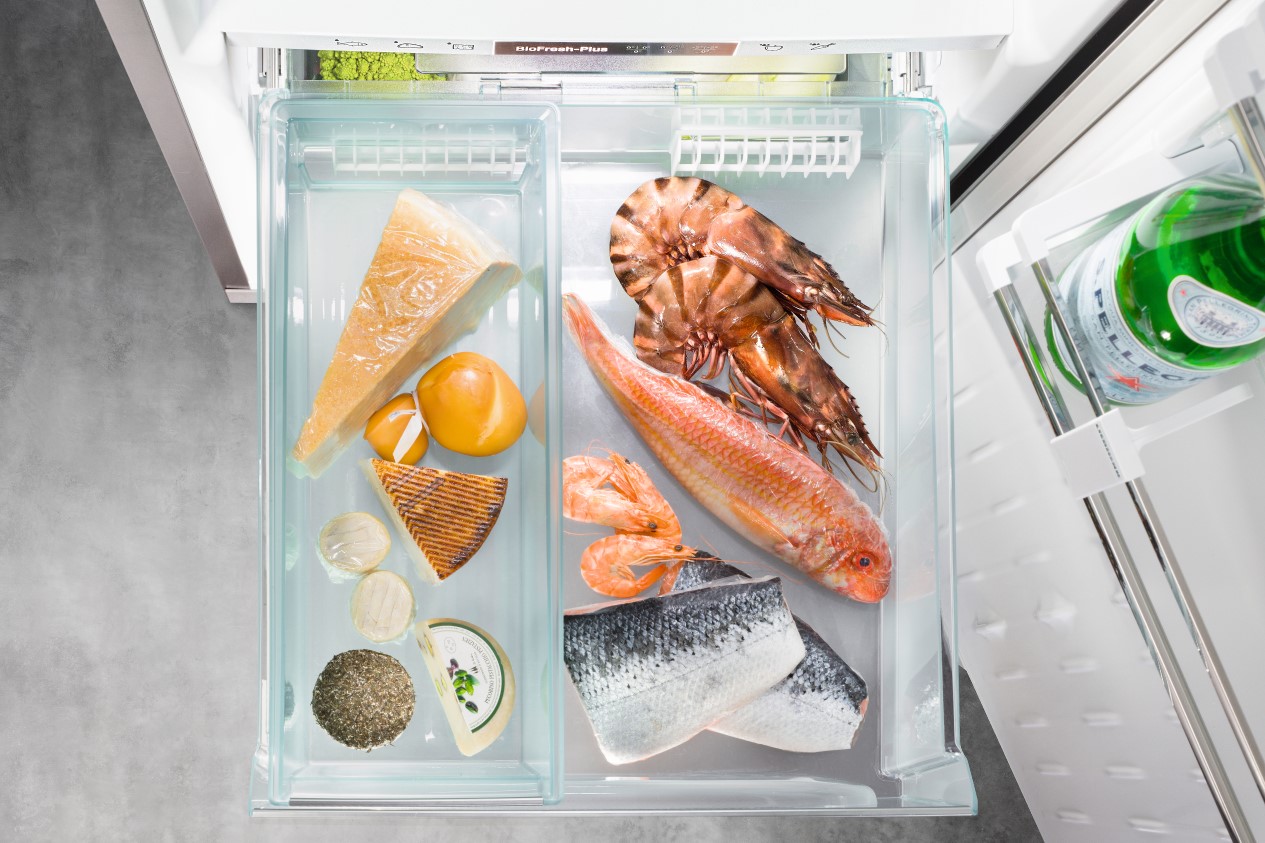

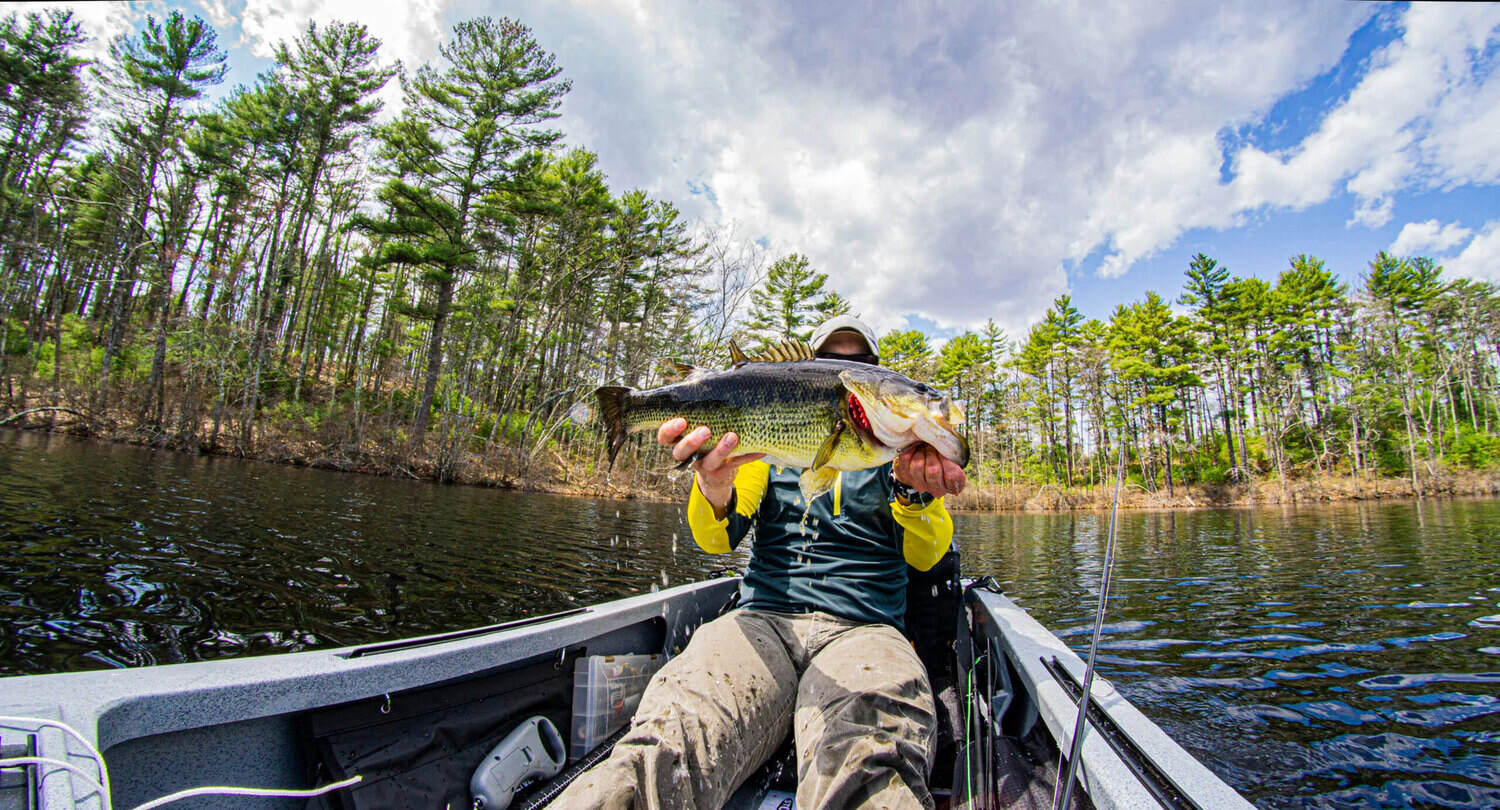
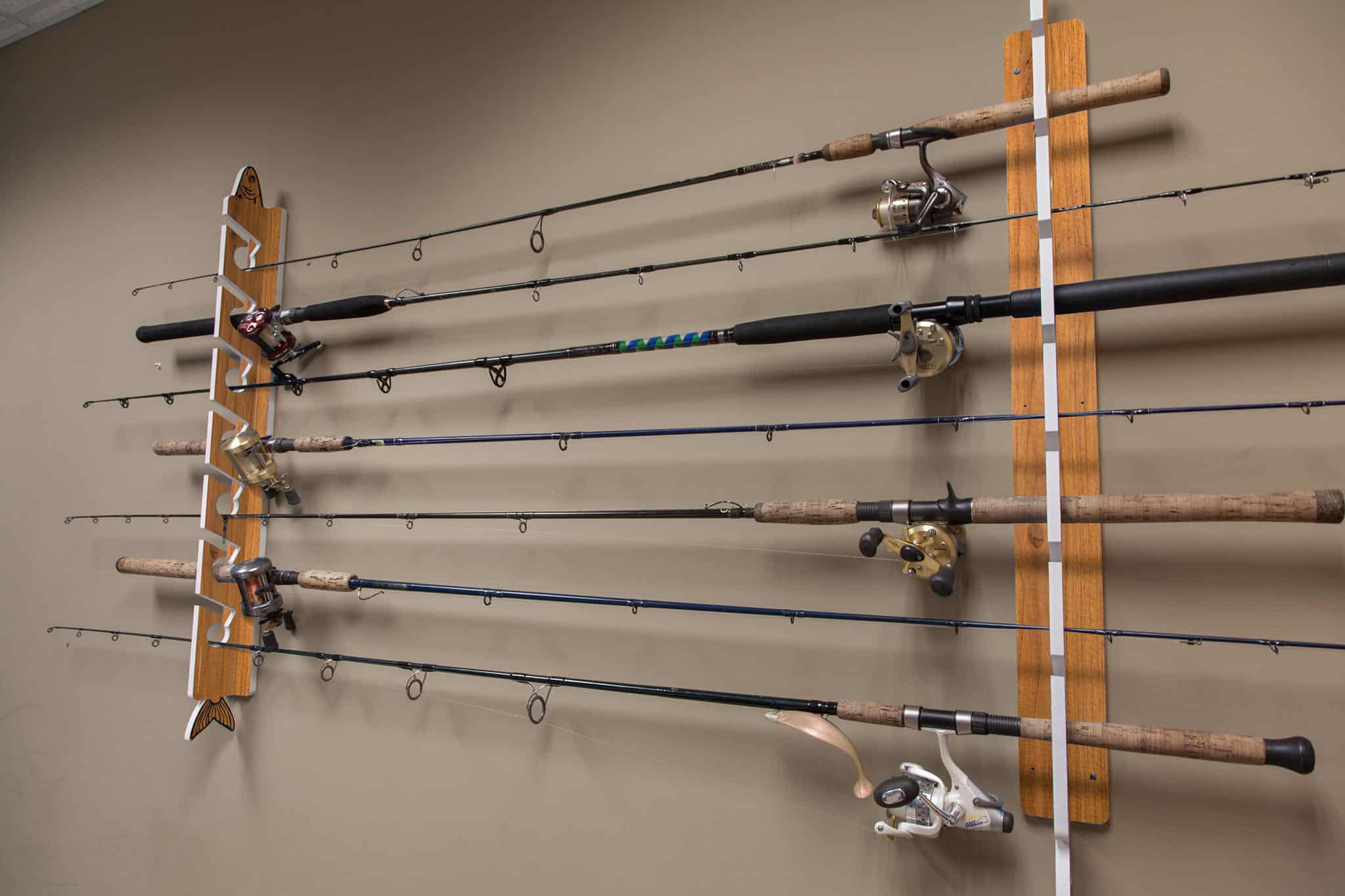


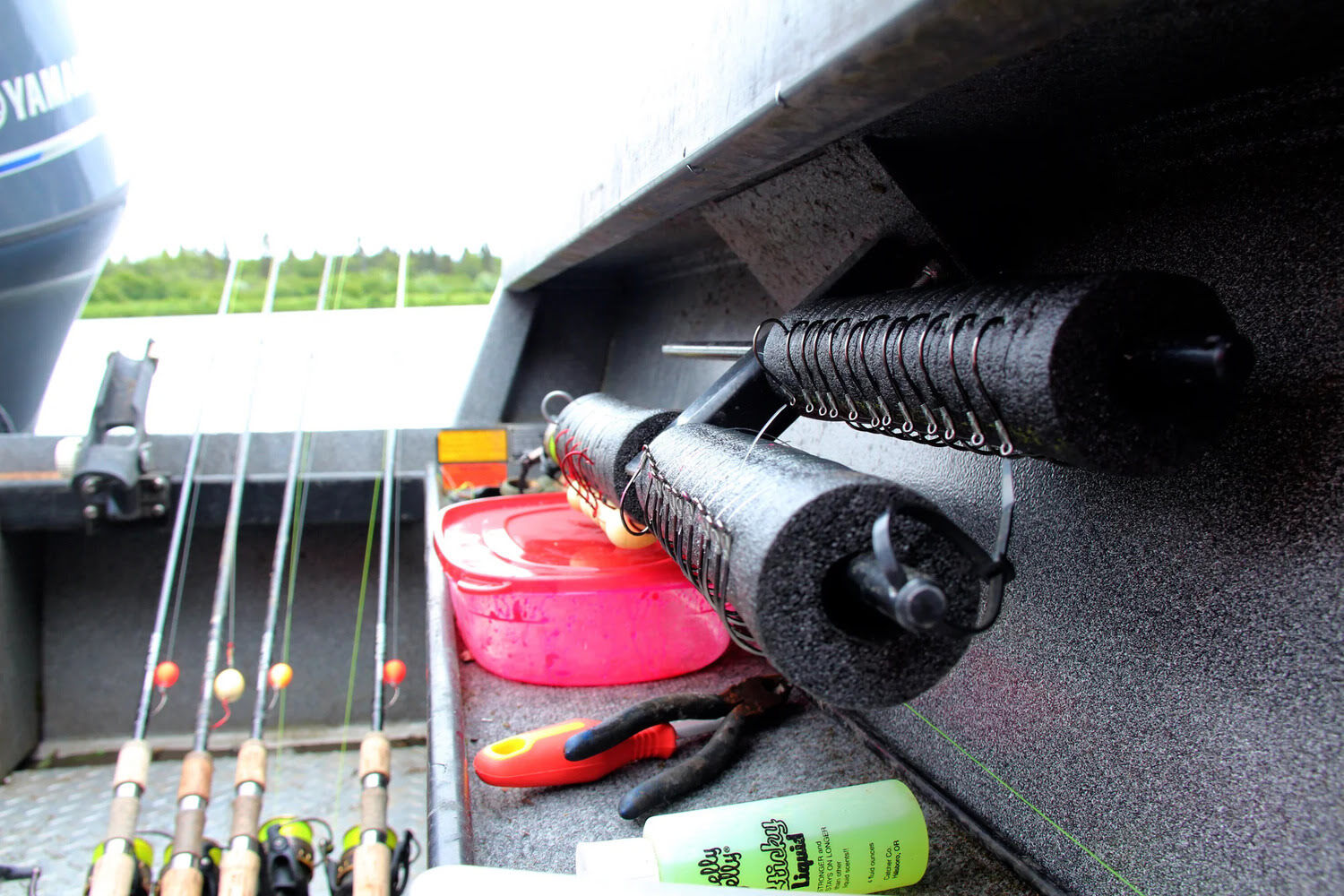
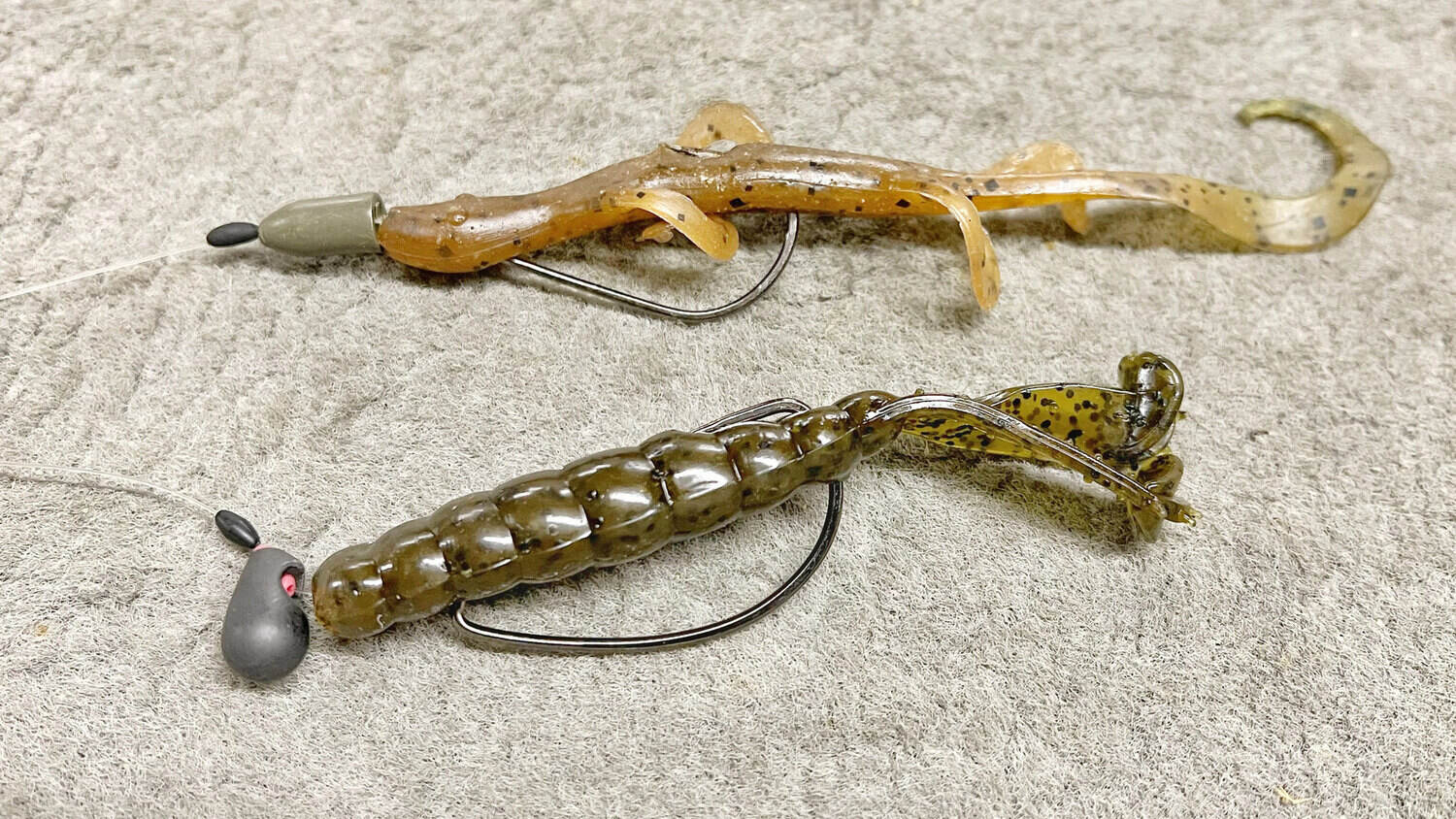
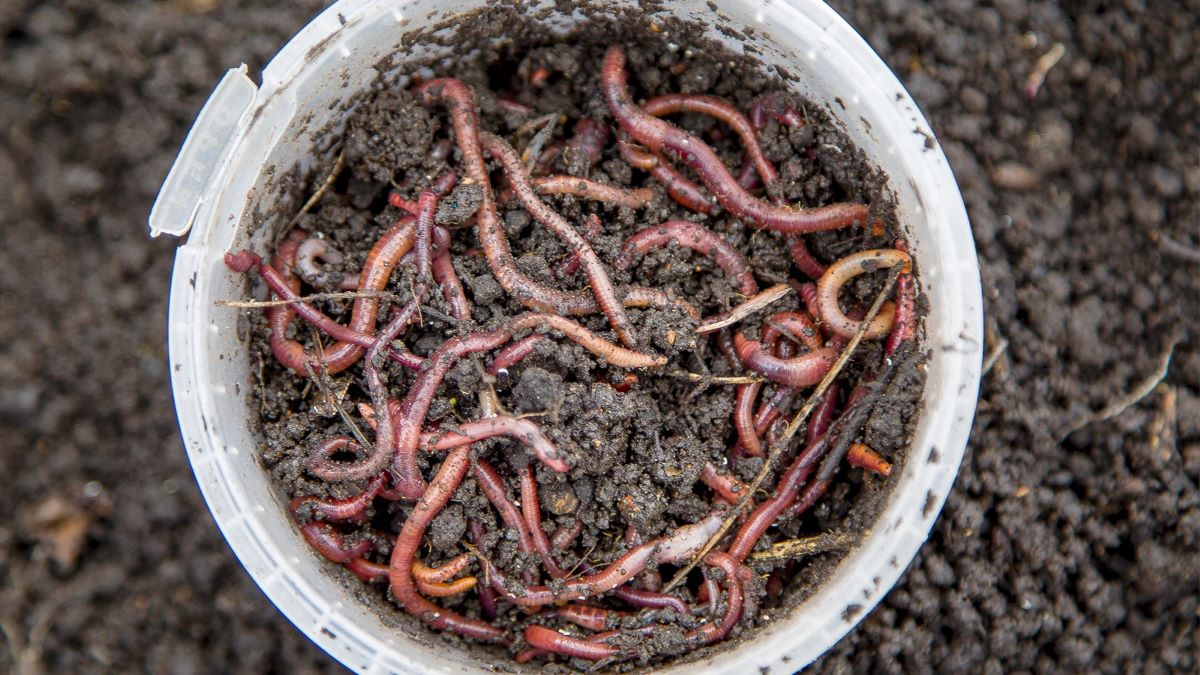




0 thoughts on “How To Store Smoked Fish”